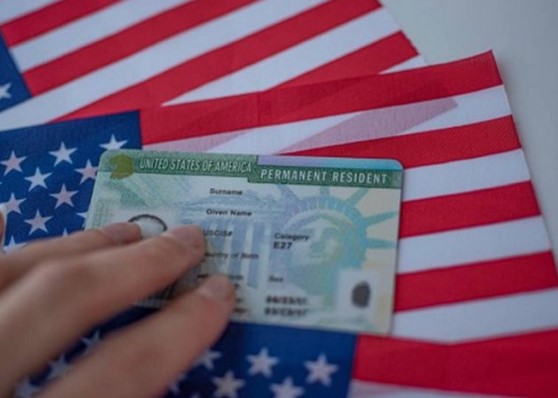What Is Gravel Travel?
Gravel travel, also known as bikepacking, is a fun way to experience the open road. It’s like backpacking, but on two wheels instead of two feet. You load up your bike with gear and supplies and head out to explore gravel roads and dirt paths.
Gravel bikes are designed for riding on unpaved roads and trails. They have drop handlebars like a road bike, but wider tires that can handle rougher terrain.
Some tips for your gravel travel adventure:
1. Start with an overnight trip to get a feel for packing and handling a loaded bike. You can then work your way up to multi-day excursions.
2. Plan a route ahead of time using gravel maps and bikepacking guides. Look for scenic backroads and trails to connect quiet campsites. Be prepared for detours if a path is closed or washed out.
3. Pack light and distribute weight evenly across your bike. Carry the bare essentials and your gear in bikepacking bags, not panniers. This provides better handling and stability on rough roads.
4. Bring a tent, sleeping bag, sleeping pad, camp stove, food, water, bike tools, patch kit, first aid kit, navigation tools, camping hammock (optional), and entertainment like cards or books.
5. Ride at a leisurely pace and enjoy the journey. Gravel travel is meant for adventure and experiencing nature, not hammering out miles. Take breaks when you want to rest or explore an area.
Share your adventure on social media using #bikepacking, #gravelgrinder, and #biketouring. Connect with other gravel cyclists and get inspired for your next ride into the wild unknown.
READ ALSO: Creating a Safe and Cat-Friendly Home Environment
Top Gravel Roads in the US for an Epic Adventure
Some of the best gravel routes in America offer stunning scenery, challenging terrain, and an escape from the chaotic pace of everyday life include:
1. The White Rim Road, Canyonlands National Park, Utah
This 100-mile loop winds through a maze of red rock canyons in Canyonlands National Park. You’ll traverse ridges with panoramic views of the Colorado and Green Rivers. Camping spots perched on canyon rims offer unforgettable sunsets and sunrises. The road is rugged in sections, so high-clearance 4WD vehicles are recommended. Allow at least 2-3 days to complete the full loop.
2. The Denali Highway, Alaska
For stunning vistas of North America’s tallest peak, the Denali Highway is hard to beat. This 135-mile gravel road traverses alpine tundra, glacial rivers, and the Alaska Range. You may spot grizzly bears, caribou, and Dall sheep along the way. The road is usually only open from May to October, so plan your trip during the summer. Four-wheel drive is recommended, as road conditions can be rough.
3. The Dalton Highway, Alaska
For a true wilderness adventure, drive the Dalton Highway through the Brooks Range to the Arctic Ocean. This 414-mile haul road, built to support the Trans-Alaska Pipeline, is one of the most isolated roads in North America. You’ll traverse tundra, boreal forest, and the Continental Divide, with stunning views of the Aurora Borealis at night. The road is open year-round but often impassable in winter. Four-wheel drive is a must, as the road is unpaved the entire way.
4. The Million Dollar Highway, Colorado
This scenic byway between Durango and Silverton offers jaw-dropping views of the San Juan Mountains in southern Colorado. The road climbs to over 11,000 feet, winding through historic mining towns and alpine wilderness. Sheer cliff drop-offs and hairpin turns make for a thrilling drive. The fall foliage in September and October is stunning. Most passenger vehicles can navigate the road in summer, but watch for rockslides and black ice in the shoulder months.
READ ALSO: Introducing a New Cat to Your Home: Tips for Successful Integration
Planning Your First Gravel Travel Trip: Tips and Resources
Planning your first gravel travel trip can be an exciting adventure. Below are few tips to get you started:
1. Do your research
Learn as much as you can about gravel travel destinations and routes in your area or places you want to visit. Check sites like Gravelmap.com, Gravel Cyclist, and Path Less Pedaled for inspiration. Talk to others who have experience gravel riding in those locations.
2. Get the right gear
A gravel bike, cycling pack, tools, spare tubes, camping gear—the list can go on and on. Focus on the essentials for your first trip like a durable gravel bike, helmet, padded shorts, repair kit, camping basics. You can always rent gear to try before you buy. Pack light—you’ll appreciate less weight when climbing hills!
3. Plan your route
Once you pick a destination, map out a route that matches your skill level. Aim for 20 to 50 miles per day, depending on terrain. Include stops at scenic spots or small towns along the way. Have a flexible plan in case you get tired or want to make detours. Let someone know your route details before heading out.
4. Be ready for challenges
Gravel travel isn’t easy. Prepare for long days in the saddle, changing weather, mechanical issues, and navigating unpaved roads. But the rewards of adventure, stunning scenery and accomplishment make it worthwhile.
Conclusion
So what are you waiting for? The open road is calling your name. Pack your bags, grab your bike or your hiking boots or your kayak, and point your compass to adventure. A gravel road trip offers a chance to reconnect with nature, push your limits, and find freedom in the journey, not just the destination. Get out there and wander, explore, discover.
Originally posted 2024-01-04 20:36:16.






